How to Solve Compound Inequalities
Solving a compound inequality involves isolating the variable on one side of the inequality and then combining the two inequalities into one solution set. There are two types of compound inequalities: And and Or.
[include_netrun_products_block from-products="product/6-south-carolina-sc-ready-grade-3-math-practice-tests/" product-list-class="bundle-products float-left" product-item-class="float-left" product-item-image-container-class="p-0 float-left" product-item-image-container-size="col-2" product-item-image-container-custom-style="" product-item-container-size="" product-item-add-to-cart-class="btn-accent btn-purchase-ajax" product-item-button-custom-url="{url}/?ajax-add-to-cart={id}" product-item-button-custom-url-if-not-salable="{productUrl} product-item-container-class="" product-item-element-order="image,title,purchase,price" product-item-title-size="" product-item-title-wrapper-size="col-10" product-item-title-tag="h3" product-item-title-class="mt-0" product-item-title-wrapper-class="float-left pr-0" product-item-price-size="" product-item-purchase-size="" product-item-purchase-wrapper-size="" product-item-price-wrapper-class="pr-0 float-left" product-item-price-wrapper-size="col-10" product-item-read-more-text="" product-item-add-to-cart-text="" product-item-add-to-cart-custom-attribute="title='Purchase this book with single click'" product-item-thumbnail-size="290-380" show-details="false" show-excerpt="false" paginate="false" lazy-load="true"]
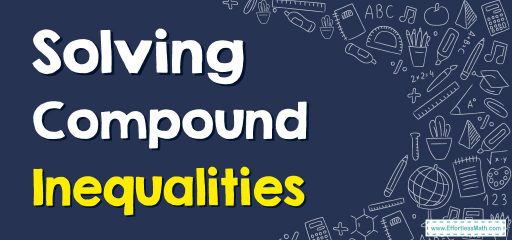
Related Topics
- How to Solve Linear Inequalities
- How to Solve Radical Inequalities
- How to Solve Rational Inequalities
Step-by-step to find out how to use intercepts
To find out how to Solve Compound Inequalities, follow the step-by-step guide below:
- Simplify each inequality separately, using the properties of inequality.
- If the inequality has a “and” or “or” connective, graph the solutions for each inequality on a number line.
- If the inequality has an “and” connective, the solution is the intersection of the two graphs. If the inequality has an “or” connective, the solution is the union of the two graphs.
- Write the solution in interval notation.
- Check your solution by plugging a test point from the solution set back into the inequality.
Two types of compound inequalities:
- And compound inequality: When solving an “and” compound inequality, the solution set is the intersection of the two inequalities. For example, to solve the inequality \(4<x+2<8\), we can first subtract \(2\) from each side to get \(2<x<6\). Then we can take the intersection of the solutions of these two inequalities to get \(x>2\) and \(x<6\). The solution set is therefore \(2<x<6\).
- Or compound inequality: When solving an “or” compound inequality, the solution set is the union of the two inequalities. For example, to solve the inequality \(4 < x + 2 < 8\) or \(x – 5 > 0\) we can first solve the first inequality \(4 < x + 2 < 8\) to get \(2 < x < 6\) and then the second inequality \(x – 5 > 0\) to get \(x > 5\). Then we can take the union of the solutions of these two inequalities to get \(x > 2\) or \(x > 5\). The solution set is therefore \(x > 2\) or \(x > 5\).
Note: It’s important to note that when solving compound inequalities, it’s crucial to follow the order of operations, and to be careful when using the less than or greater than sign as they can flip the inequality.
Related to This Article
More math articles
- The Math Behind Slot Machines: Randomness, RTP, and Volatility
- How to Use Algebra Tiles to Identify Equivalent Expressions?
- How to Build Quadratics from Roots?
- 10 Most Common 7th Grade SBAC Math Questions
- How to Add and Subtract Fractions? (+FREE Worksheet!)
- 5 Best Algebra 1 Books for High School Students
- How to Graph the Cosine Function?
- Laptop Buying Guide: Essential Tips to Know Before You Buy
- How to Do Ratio, Proportion, and Percentages Puzzle -Critical Thinking 8
- Long Division using 1 Number
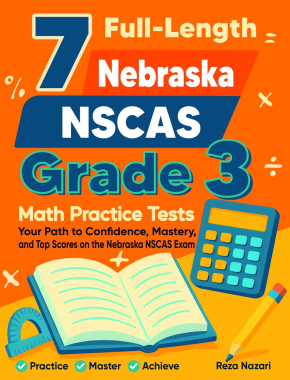
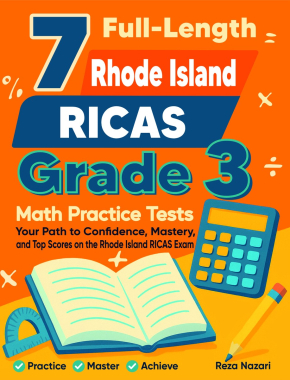
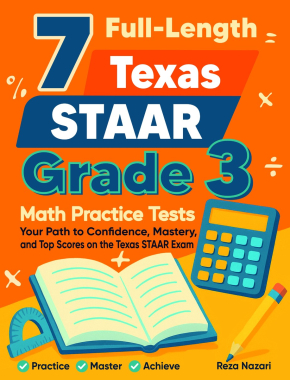
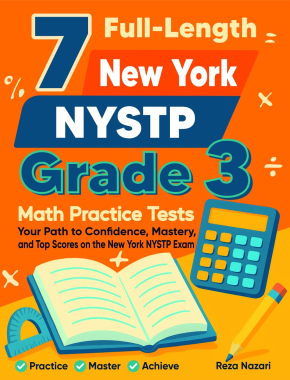
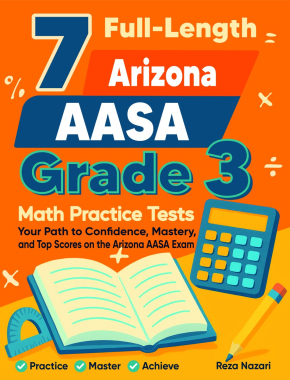
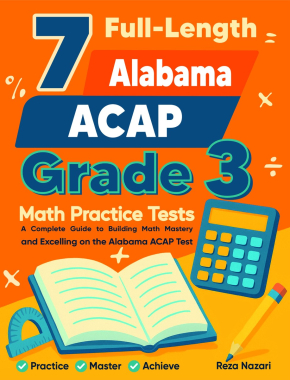
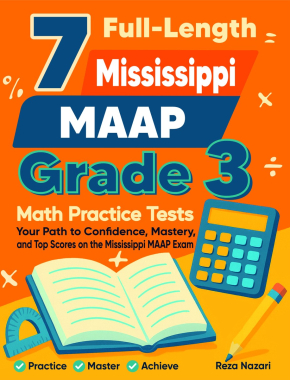

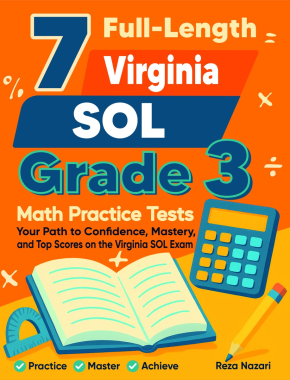
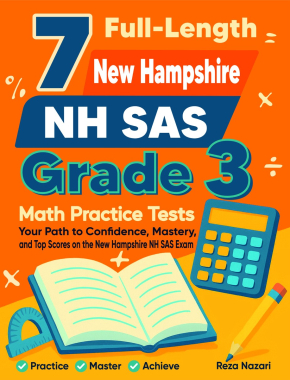
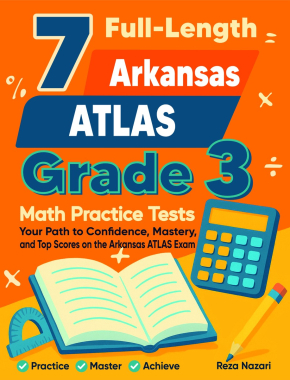
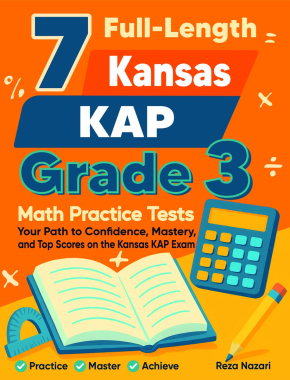
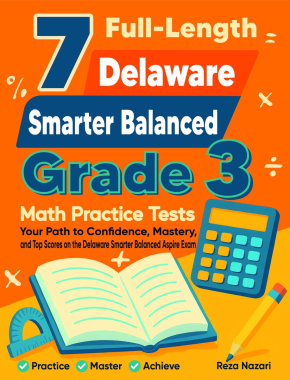
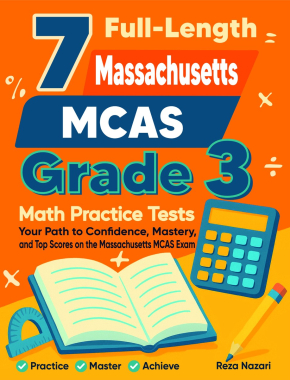






















What people say about "How to Solve Compound Inequalities - Effortless Math: We Help Students Learn to LOVE Mathematics"?
No one replied yet.